
Duluth & Northeastern 2-8-0 No. 16, pictured without her smokebox door inside the short line’s enginehouse in September 1954, went into a river in 1916, was caught in a wildfire in 1918, and was inside the old enginehouse when it burned down in 1952. Philip R. Hastings photo […]
Read More…
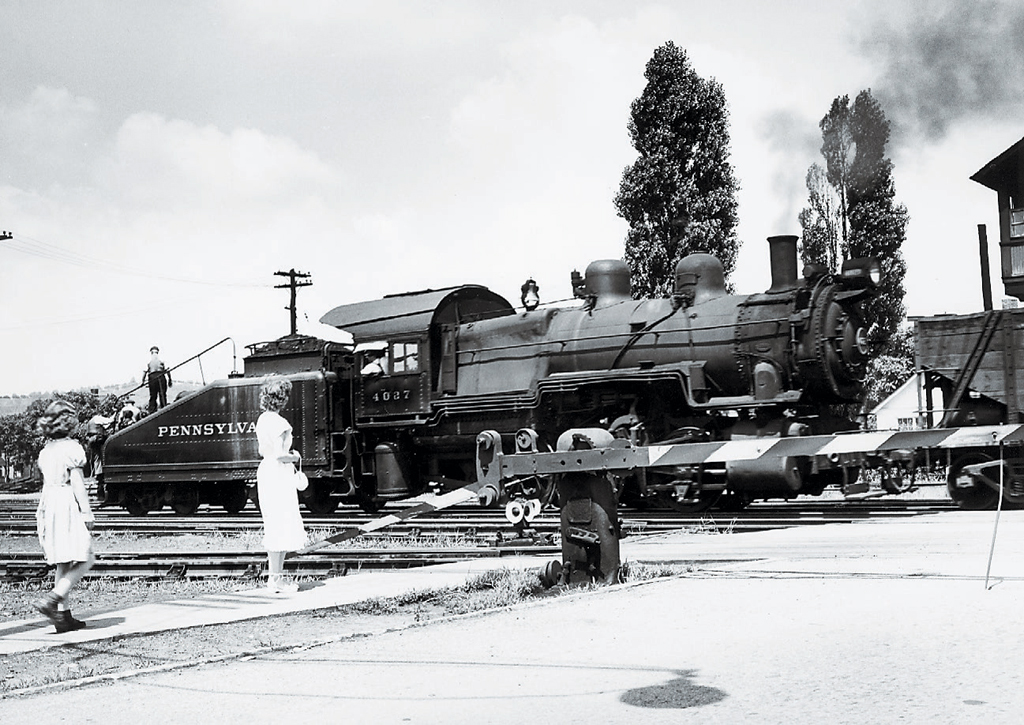
Pennsylvania Railroad class B6sb 0-6-0 No. 4027 has a small audience as it switches cars in Williamsport, Pa., in 1950. A. C. Kalmbach photo […]
Read More…
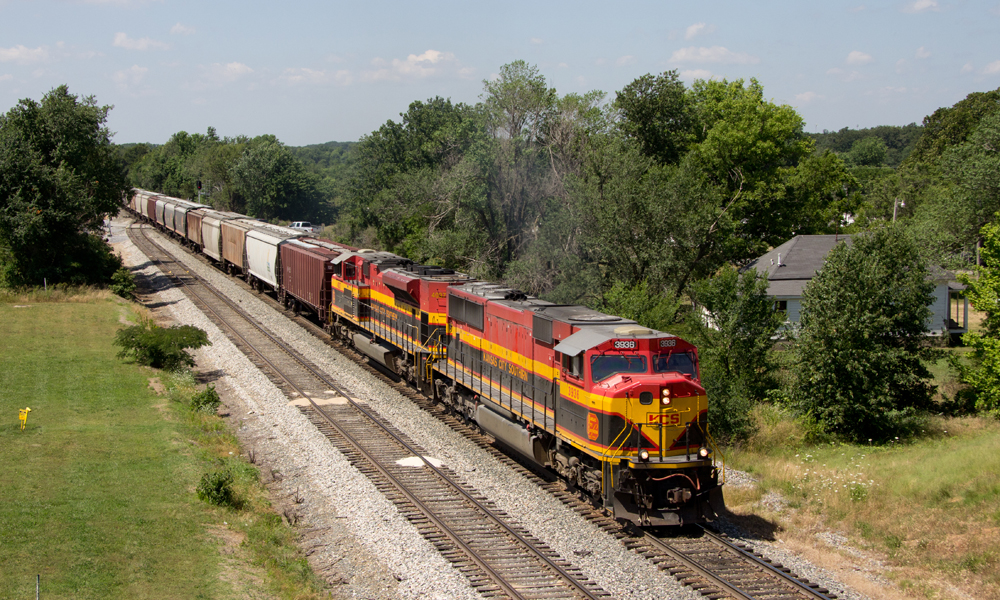
Kansas City Southern history is now appropriate to talk about since the seventh of seven Class I railroads in North America has been approved to merge with Canadian Pacific to make a larger No. 6 Class I railroad. Kansas City Southern history In 1889 Arthur Stilwell began building the Kansas City, Nevada & Fort Smith […]
Read More…
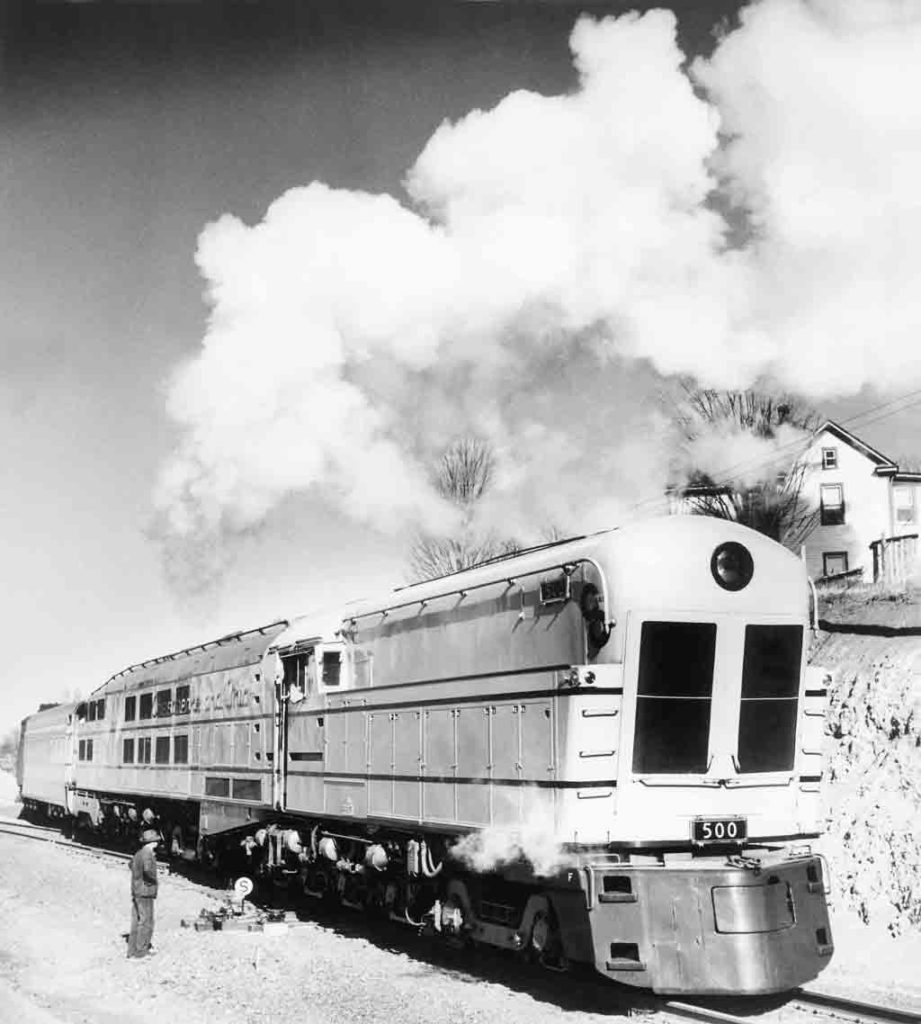
Chesapeake & Ohio 500 was one of three class M-1 steam-turbine-electric locomotives built by Baldwin-Westinghouse in 1946–47 for the new Chessie streamliner. But the road de-emphasized its passenger business, the Chessie never ran, and the M-1’s led short lives. Classic Trains coll. […]
Read More…
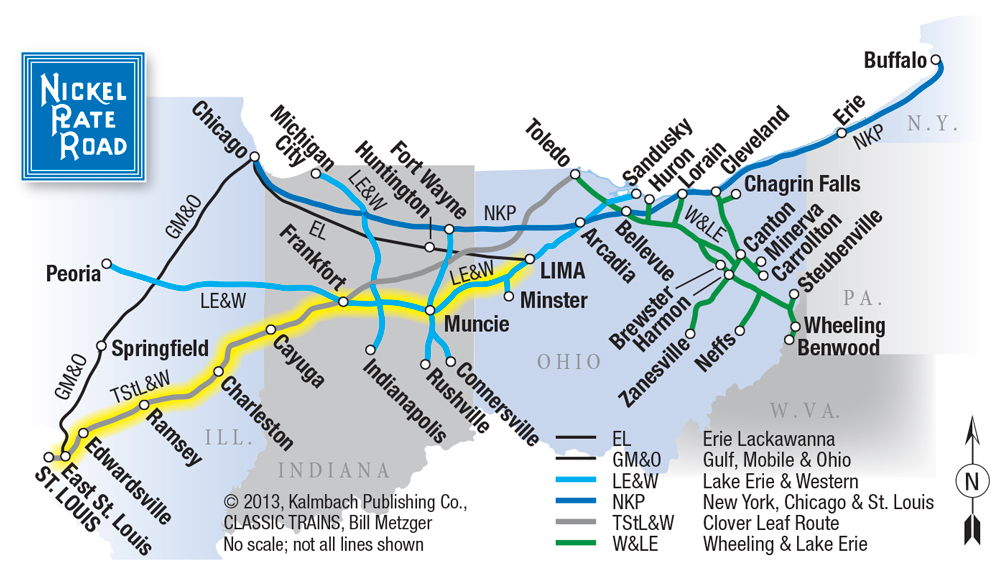
The Nickel Plate Road’s major components were all in place by 1949. The Nickel Plate, formally the New York, Chicago & St. Louis Railway, was conceived in 1881 as a Buffalo-Chicago project to compete with the parallel Lake Shore & Michigan Southern (later New York Central) of William H. Vanderbilt. To thwart rival […]
Read More…
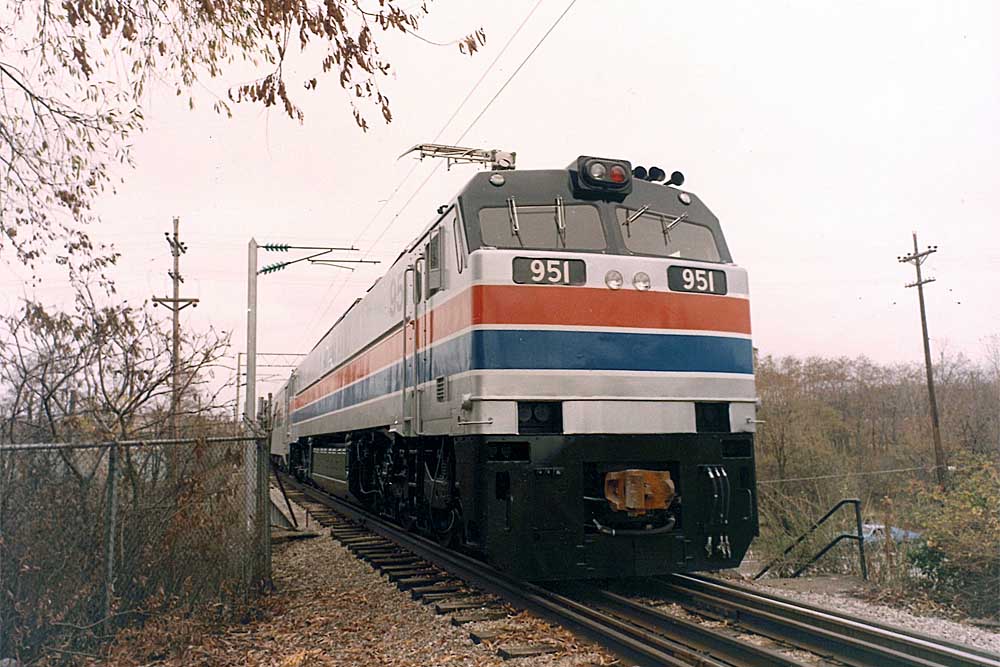
Amtrak E60 locomotives are an important bridge for Northeast Corridor electric railroading between the GG1s of the 1930s and 1940s to the AEM-7 and HHP-8 locomotives of the 1980s and early 2000s. E60 locomotive history General Electric developed the E60 C-C or six-axle locomotives at its Erie, Pa., plant in the early 1970s. The […]
Read More…
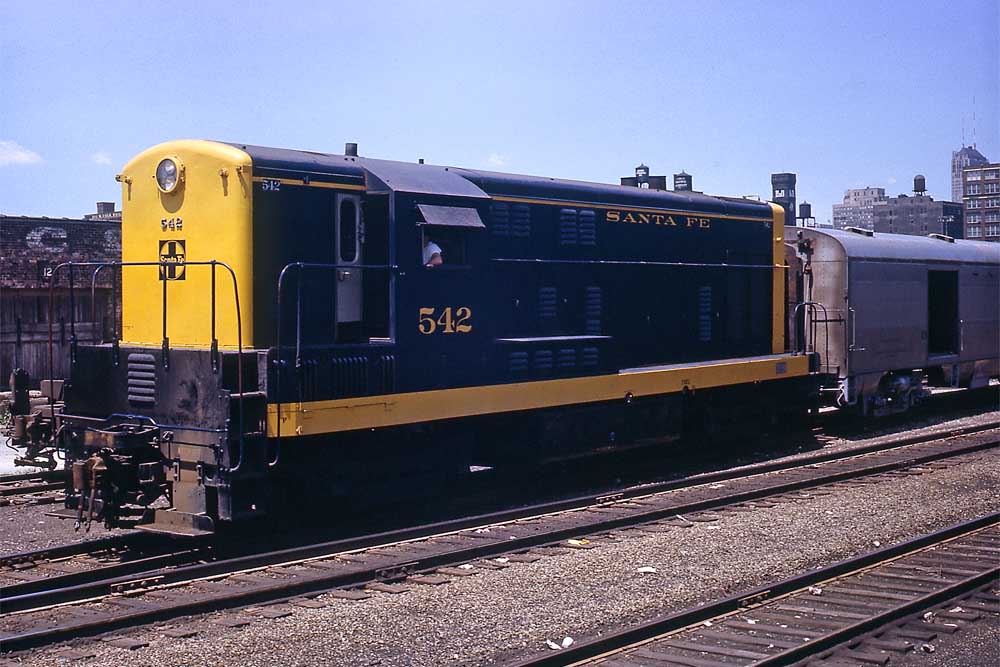
The Fairbanks-Morse H12-44TS locomotive was a familiar-looking unit with different internals. FM was a fierce competitor in the early days of dieselization, perhaps remembered most for its H24-66 Train Master, a six-axle 2,400 hp road-switcher that impressed almost every railroad it demonstrated on. Among its lesser-known successes were three specialized units produced […]
Read More…
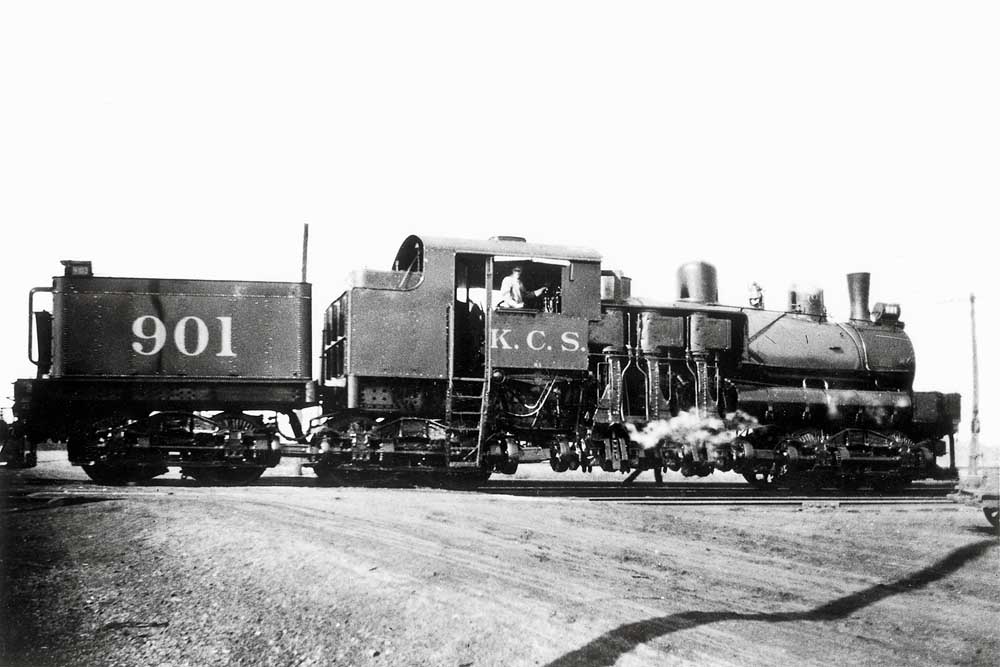
Kansas City Southern Shay locomotives were oddballs on a steam locomotive roster of non-conformity. Ephraim Shay came up with the design for the geared locomotive in the 1870s. The Lima Locomotive Works popularized the design and sold almost 2,770 copies. Throughout the Leonor F. Loree administration, Kansas City Southern was a loyal Alco […]
Read More…
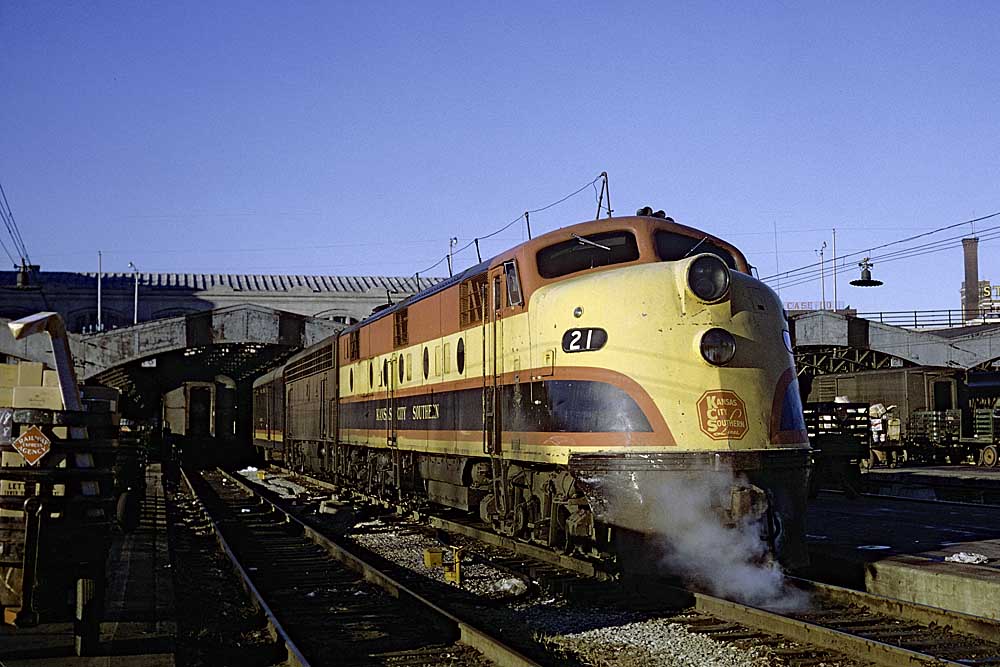
Kansas City Southern locomotives were full of surprises in both the steam and diesel fleets. Steam locomotives saw a gradual evolution, from 2-8-0 to articulated 0-6-6-0s (an oddball in the industry for road service) and 2-8-8-0s and eventually the much-vaunted 2-10-4s of 1937. The 0-6-6-0s were the largest group of the type built […]
Read More…
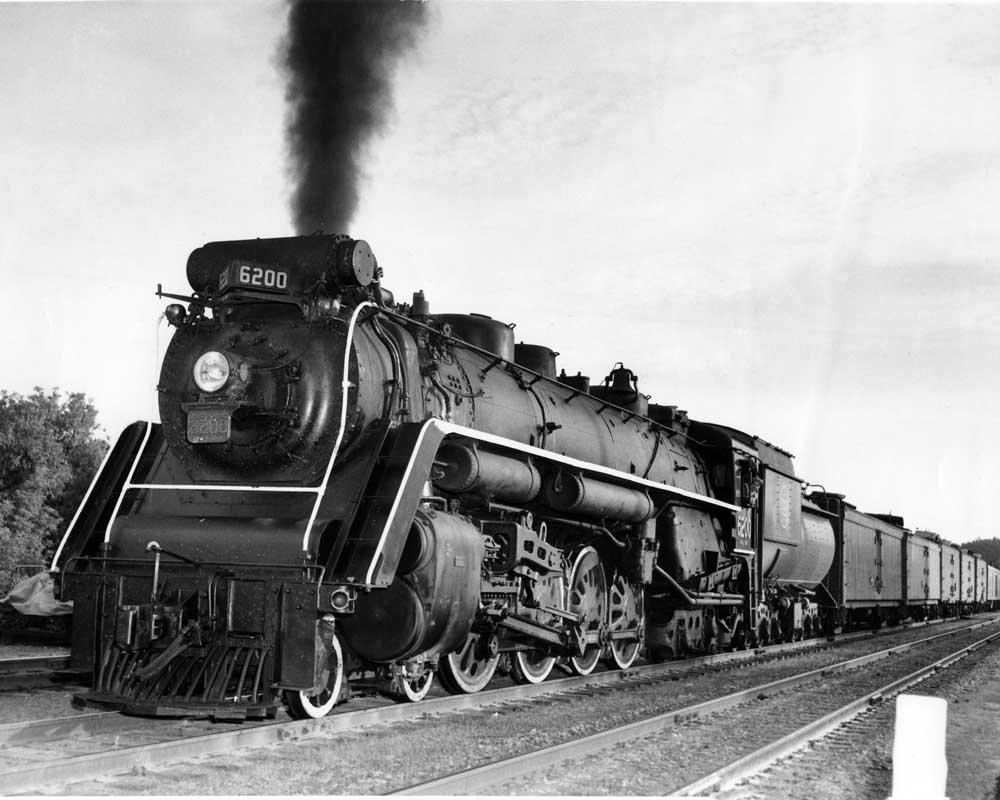
Canadian National U-class 4-8-4 locomotives proved to be the most versatile of the type operated in North America. It’s generally accepted that the ultimate in steam power was the 4-8-4 Northern type, if defined by criteria that includes speed, power, technology, and, perhaps most importantly, versatility. A lot of railroads capped off the steam […]
Read More…
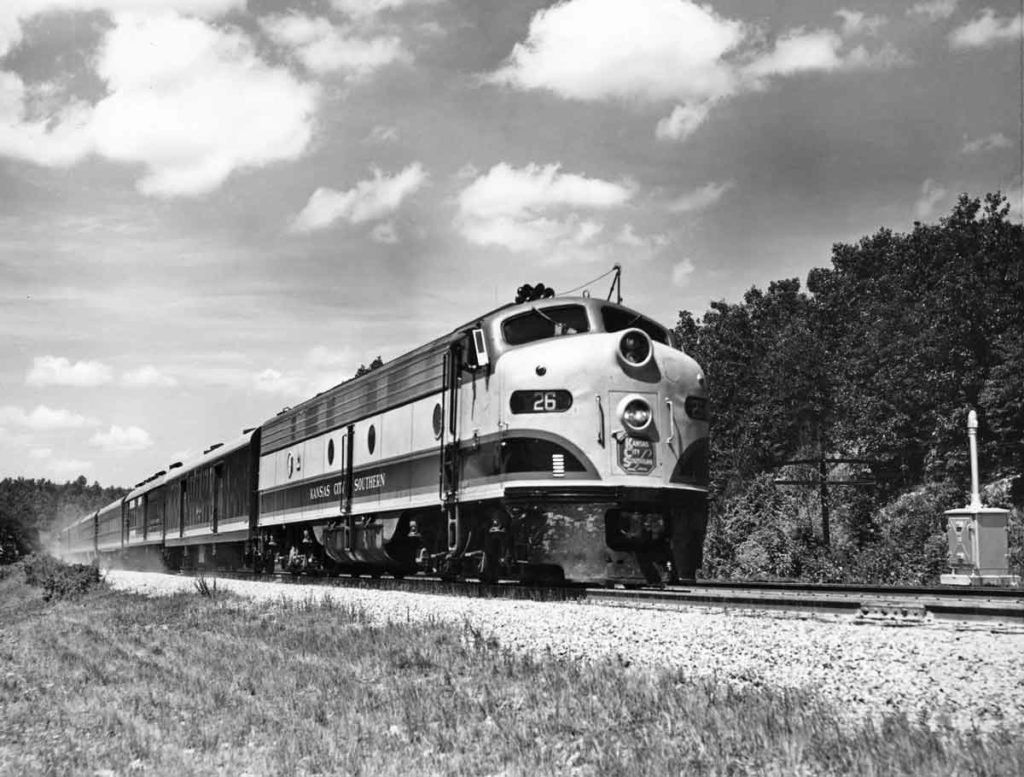
Kansas City Southern passenger trains All through April 2023, Classic Trains editors are celebrating the grit and grandeur that has been one heck of a railroad: Kansas City Southern. As KCS rides into history on the back of a new merger with Canadian Pacific, please enjoy this photo gallery of Kansas City Southern passenger trains […]
Read More…
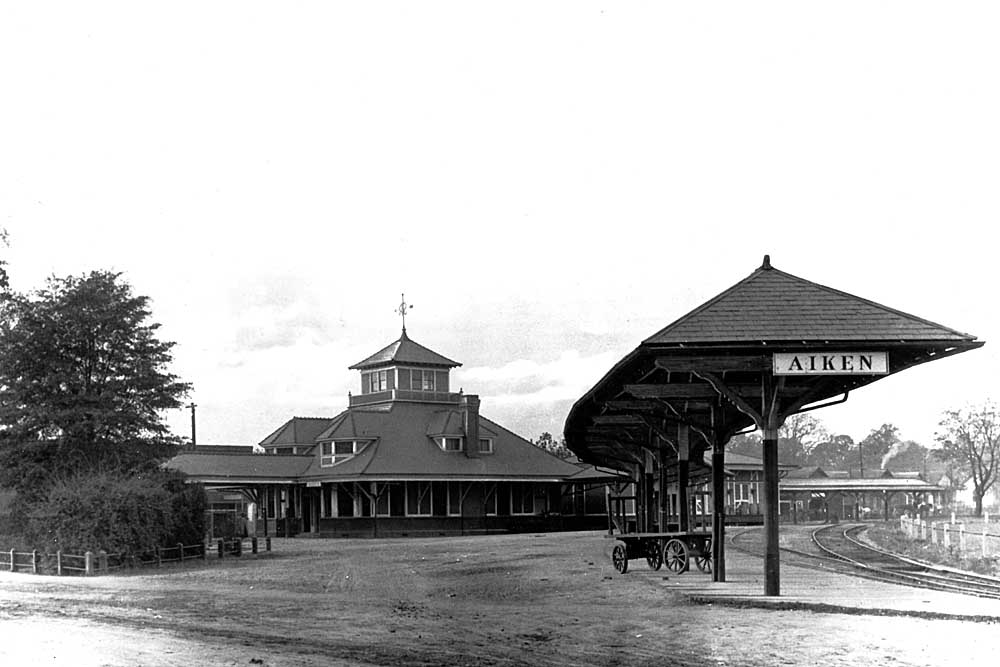
On a day when snow is flying back home in Milwaukee, I’m 900 miles away, luxuriating in 70-degree temperatures and enjoying the refreshing shade of the huge live oak that hugs the generous eaves encircling one of the South’s most distinctive train stations. The building is a replica, but don’t hold that against it. […]
Read More…












